
Apologia
Multimedia installation
Minneapolis, 2010
Altered Edison discs, hand drawn custom labels,
video, custom electronics, VU meters, altered clocks,
industrial lights and hardware.
by Piotr Szyhalski
At it's core "Apologia" is a quiet meditation of our (in-)ability to comprehend the world and it's history. The work takes "Tractatus Logico-Philosophicus" by Ludwig Wittgenstein as it's root, and attempts to probe the conceptual territory of the unsayable.
Materials and Objects
"Apologia" functions as a room-size, self-contained multimedia system consisting of: 12 custom designed records in sealed display cases, 12 altered clocks, a video table, high definition video, 2 industrial sawhorses, 6 industrial work lights, 2 vintage VU meters, sound and custom electronics. Choices of objects and materials are dictated by four main conceptual references important to the Labor Camp framework: time, history, sound and labor. An attempt is made to construct a space suggestive of and available for work: an active intellectual engagement
Systems and Structures
All components of the work are connected with each other either visually, conceptually or functionally. Clocks on the central wall, displaying "all the time at once", visually parallel the 12 records, which hint at specific moments in history. They are connected visually, but also through the idea of time and it's circular motion inherent in both objects.
Two VU meters displayed on the side walls functionally echo different patterns of time suggested by clocks and records respectively. One of the VU meters ticks at an even second-by-second pace, while the other directly synchronizes with the events presented on the video table. The video playing continuously depicts ghostly, white aircraft flying by in both directions on the screen. Occasionally one of the aircraft inexplicably crashes on the edge of the video frame. These images of archetypal disaster trigger the response of one of the VU meter.
The grid of 3000W industrial lights installed directly above, and pointing down at the video table remain turned off most of the time. The lights, like one of the VU meters, activate only at the times of the sporadic aircraft crashes.
History and Sound
As many of the Labor Camp projects, "Apologia" further investigates the parallels between history and sound. This relationship is signaled in several ways:
1. The series of "Apologia Records" developed specifically for this installation confronts the obvious physical presence of recorded sound with the audiences inability to hear it, as the records are displayed in sealed cases. The only access to the content of the records is facilitated by the elaborate label designs rich in historical references. "Apologia Records" quietly catalog a plethora of "extreme historical phenomena" by providing at times literal and direct, other times subtle visual and textual cues.
2. Vintage VU meters are embedded in the opposite walls, framing the central installation components. VU meters, which typically are used to display signal levels in audio equipment are implemented in "Apologia" in an unpredictable way. One of the meters registers a steady pattern of signal spikes which corresponds with the rhythm of the second hands of the clocks displayed on the adjacent wall. The other meter responds only occasionally, at specific moments of impact visible on the video table. Marking the moments of historic surges, it effectively defines it's own kind of time keeping rhythm. Both VU meters operate more as clocks than audio devices.
3. Even though "Apologia" is by design a silent piece, the functionality of the work is indeed facilitated by sound. Both VU meters respond to audio signal patterns played by the video, while the light grid is controlled by custom electronic switches also responding to subtle voltage shifts in the audio signal.
|
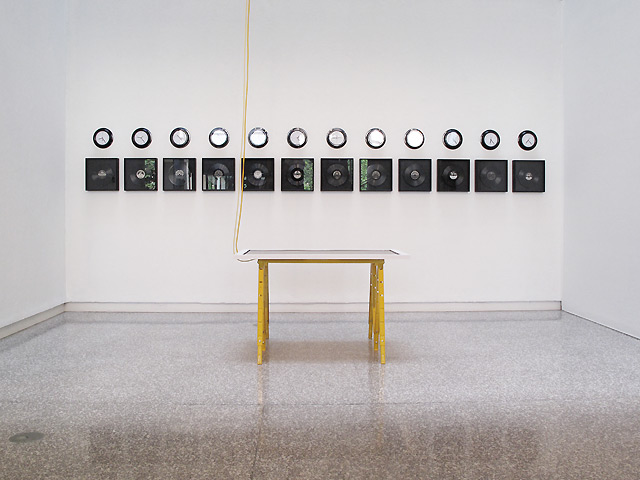 |
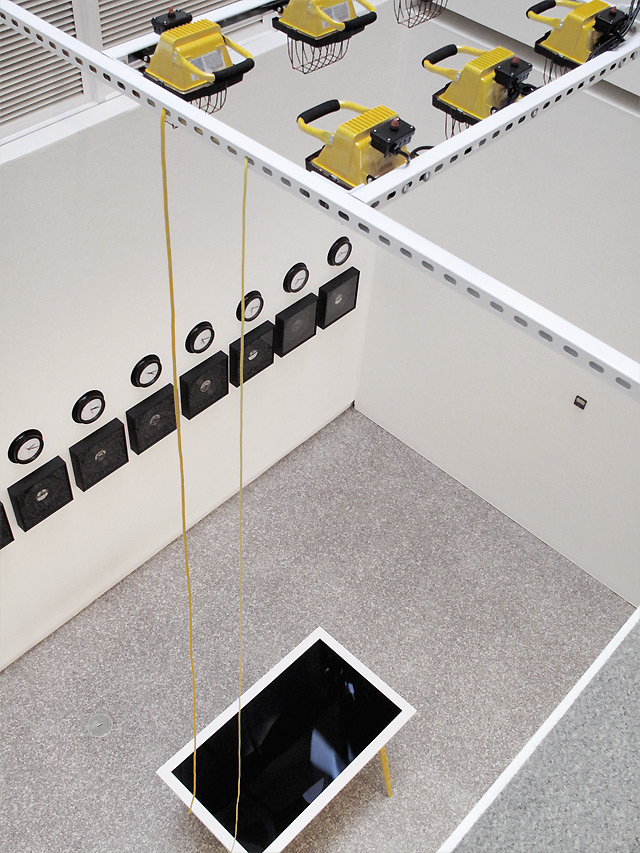 |
Fig. 01 : Apologia : general installation view
|
|
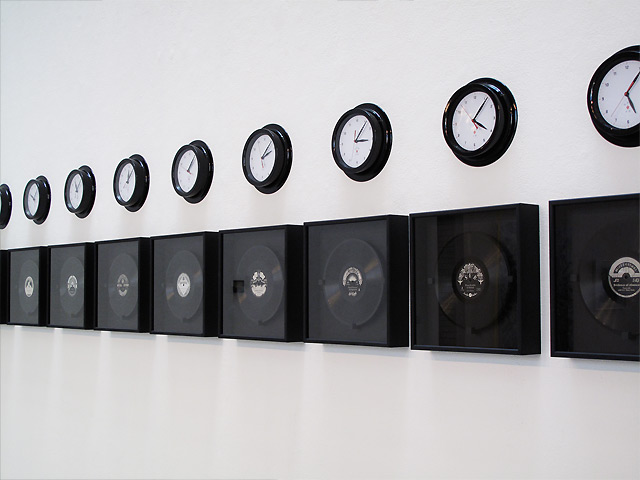 |
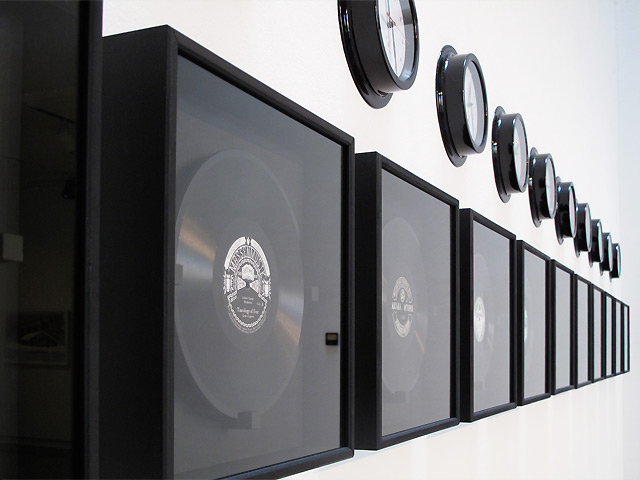 |
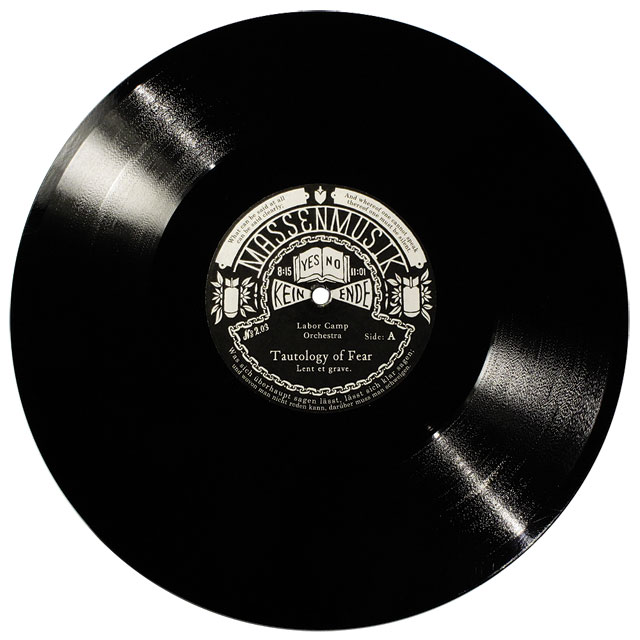 |
Fig. 02 : Apologia : Apologia Records in sealed display cases (See all Apologia Records details here)
|
|
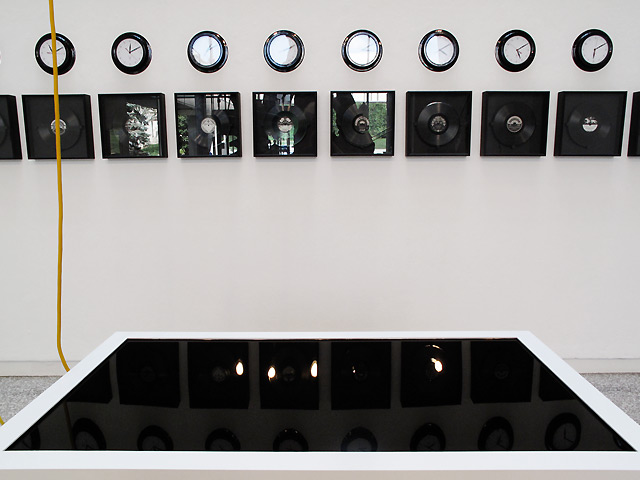 |
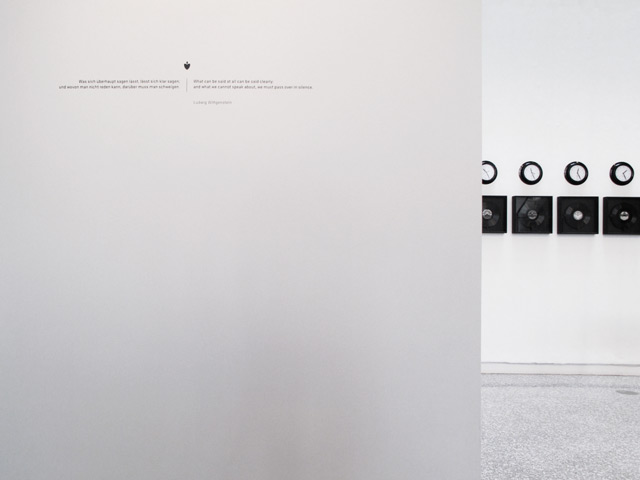 |
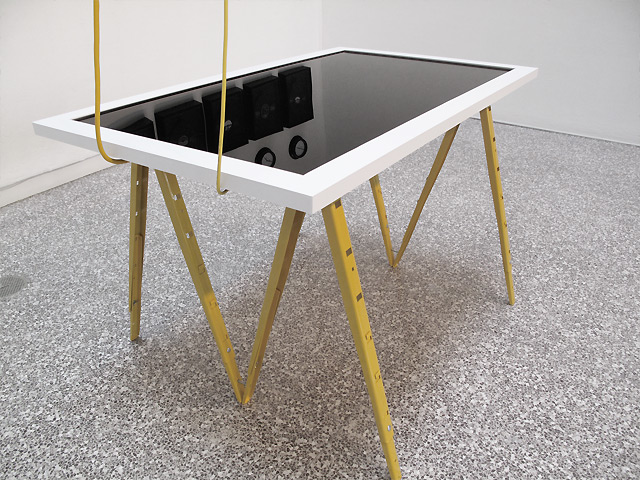 |
Fig. 03 : Apologia : Clocks, records and video table
|
|
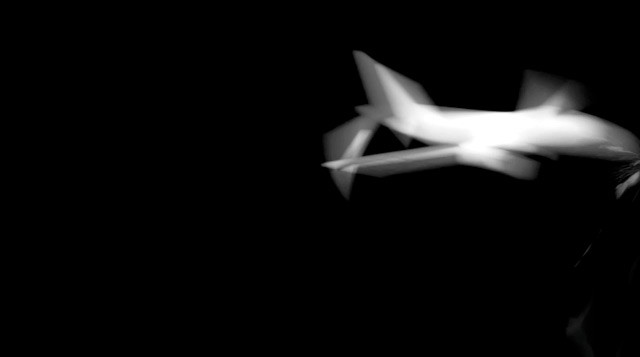
|
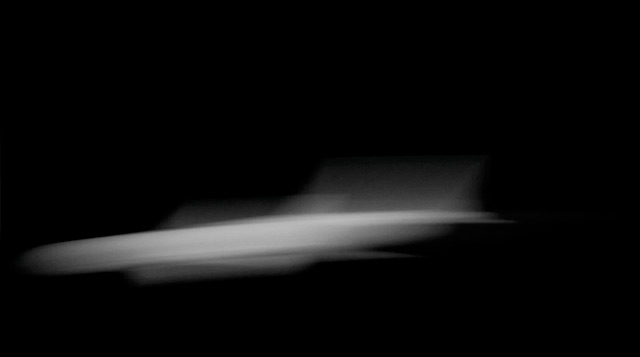
|
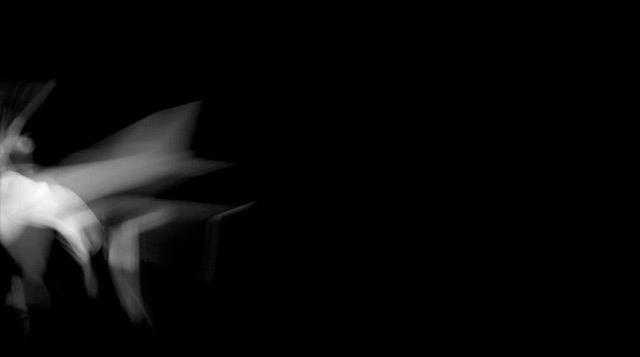
|
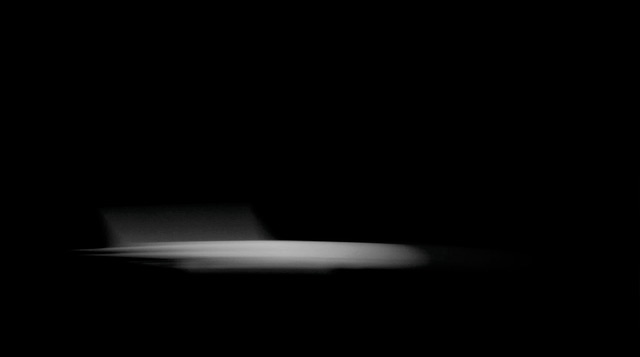
|
 |
Fig. 04 : Apologia : stills from the video played on the video table
|
|
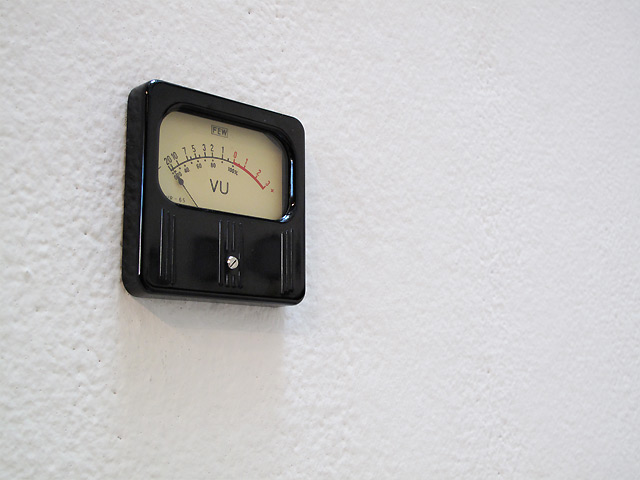 |
 |
 |
Fig. 05 : Apologia : Video table and VU meters
|
|
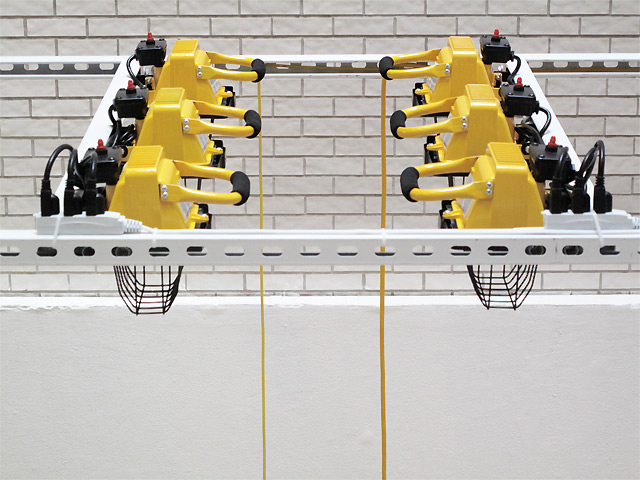 |
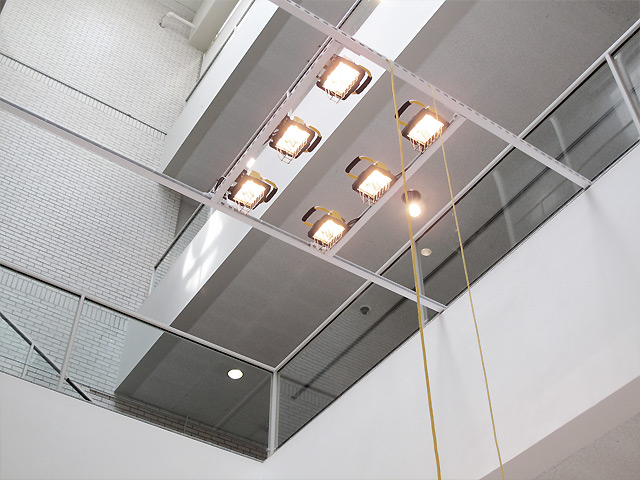 |
 |
Fig. 06 : Apologia : Video table and work lights
|
|
Additional materials:
Complete documentation of all 12 Apologia Records featured in the "Apologia" installation.
Tractatus : reading from Wittgenstein Labor Camp Orchestra song cycle.
|
|